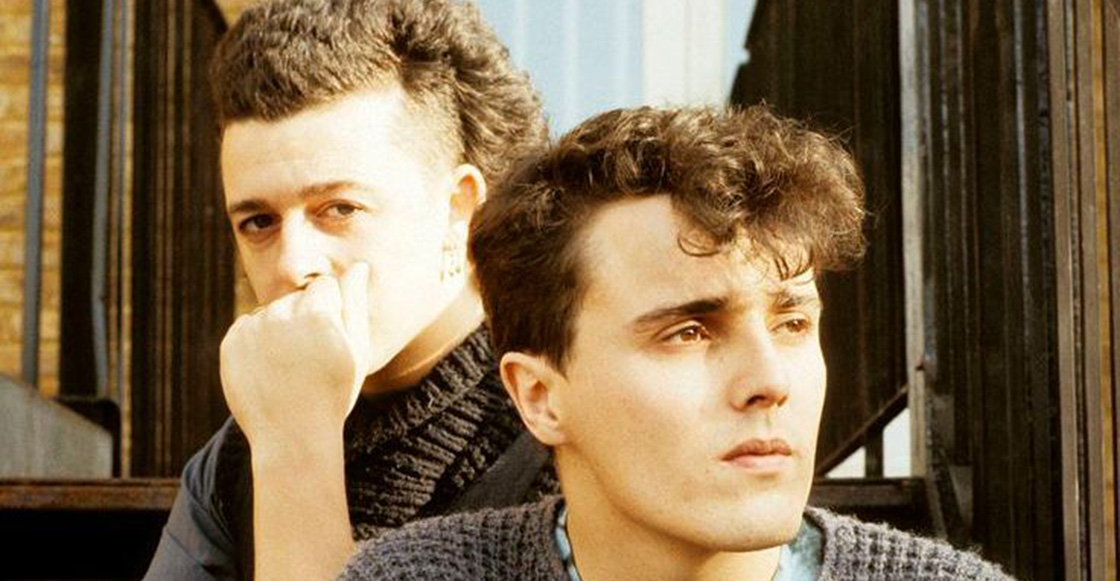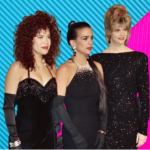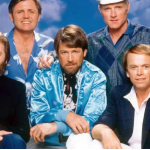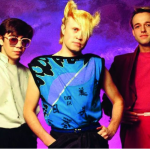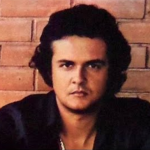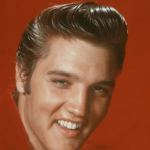Shout – Tears for Fears
- music
- July 2, 2024

“Shout” by Tears for Fears is one of the defining tracks of the 1980s, known for its powerful vocals, anthemic chorus, and deep, introspective lyrics. Released in 1984 as part of their second album “Songs from the Big Chair,” “Shout” became a global hit and an enduring symbol of the era’s musical landscape. This essay explores the musical composition, lyrical themes, cultural impact, and lasting legacy of “Shout.”
Musical Composition
“Shout” is characterized by its bold production, combining rock elements with synthesizer-driven sounds. The song opens with a striking synth riff that sets the tone for the track, accompanied by a steady drumbeat that builds in intensity. The production, handled by Chris Hughes, creates a layered and expansive sound, with dynamic shifts that add to the song’s emotional depth.
Roland Orzabal’s vocals are a standout feature, delivering the lyrics with a mix of urgency and raw emotion. The chorus, with its repeated exclamation of “Shout, shout, let it all out,” is both a command and a release, inviting listeners to express their own frustrations and emotions. The instrumental break, featuring a powerful guitar solo, further enhances the song’s intensity and impact.
Lyrical Themes
Lyrically, “Shout” addresses themes of emotional expression, rebellion, and social commentary. The song’s verses explore feelings of frustration and the desire to break free from societal constraints. Lines like “In violent times, you shouldn’t have to sell your soul” reflect a critique of the pressures and injustices present in society.
The chorus serves as a cathartic release, encouraging listeners to vocalize their inner turmoil and resistance. The repetition of the word “shout” emphasizes the importance of voicing one’s feelings and standing up against oppression. The lyrics are both personal and universal, resonating with anyone who has experienced the need to release pent-up emotions and challenge the status quo.
Cultural Impact
“Shout” was a commercial success, reaching the top of the charts in multiple countries and becoming one of Tears for Fears’ most recognizable songs. Its powerful message and anthemic quality made it a favorite among fans and a staple of 1980s music. The song’s popularity was further amplified by its music video, directed by Nigel Dick, which featured the band performing in various dramatic and symbolic settings.
The song’s impact extended beyond its initial release, becoming an anthem for various social and political movements. Its message of defiance and emotional release resonated with audiences across different contexts, from personal struggles to collective protests.
Lasting Legacy
The lasting legacy of “Shout” is evident in its continued relevance and influence. The song remains a fixture on classic rock and 1980s playlists, and its powerful message continues to inspire new generations of listeners. It has been covered and sampled by numerous artists, showcasing its enduring appeal and versatility.
Tears for Fears’ ability to blend introspective lyrics with compelling musical arrangements in “Shout” set a high standard for the synth-pop and rock genres. The song’s combination of emotional depth and musical intensity has influenced countless artists and continues to be celebrated as a classic.
Conclusion
“Shout” by Tears for Fears is a timeless anthem that combines powerful vocals, dynamic production, and profound lyrical themes. Its exploration of emotional expression and social commentary, coupled with its anthemic chorus, has made it a lasting symbol of rebellion and release. The song’s cultural impact and enduring legacy are testaments to its brilliance and the band’s artistic vision. “Shout” remains an essential track in the canon of 1980s music, inspiring listeners to let out their own voices and stand up for what they believe in.
Video:



